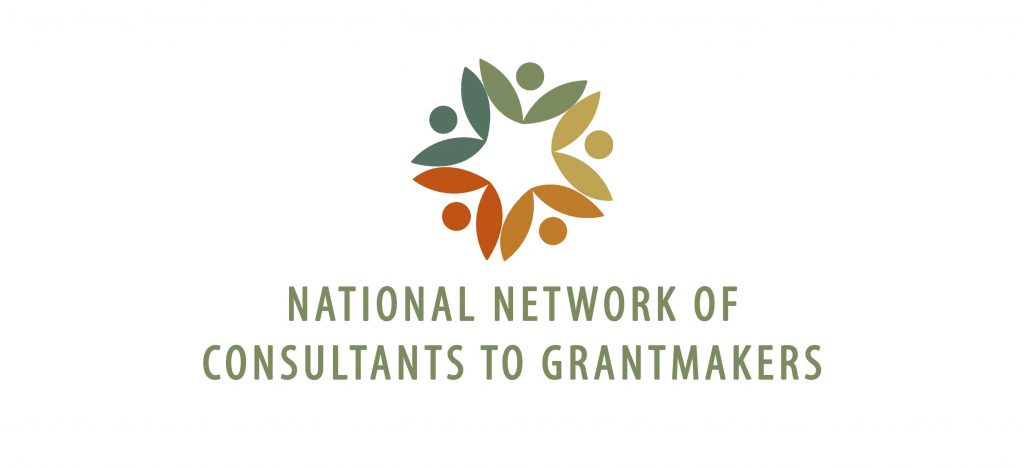June 7, 2019 – This is a guest post by NNCG Member Kris Putnam-Walkerly. It is shared here with permission.
5 Ways Grantmakers Shoot Themselves in the Foot
There are myriad reasons why foundations hire good consulting help. Some want the insights and wisdom of content experts. Others want an objective eye and fresh thinking for internal processes or external initiatives. Still others want the connections, skill or experience to inform and improve just about any aspect of philanthropy you can think of.
So if foundations want that good help to further their missions and increase their impact, why do they undermine their own attempts to find it? Why do they shoot themselves in the foot when looking for consulting help?
Just since the beginning of this year, several of my consulting colleagues and I have discussed opportunities that we’ve chosen not to pursue. Why? Here are five reasons:
1) The RFP process is ridiculous. I’m not a fan of RFPs. I think they are a poor substitute for conversations and relationships, and they waste time and money. My colleagues and I recently received an RFP from a national foundation. It was onerous, full of legalese and obtuse terminology. It was 19-page document requesting a 20-page reply. It demanded hourly, itemized rates for every staff member who would work on the project, yet the foundation refused to provide a budget range to stay within. The foundation also refused to allow potential consultants to talk with any decision-makers at the foundation prior to applying. I know that this foundation has been developing this RFP for at least three months, yet it expected a two-week turnaround for consultants to submit proposals. Want more irony? It asked for the responses to be “straightforward” and “concise.” My colleagues and I took one read through and realized that the amount of nonproductive busywork requested in the proposal process was likely to continue throughout the life of the contract. Needless to say, although we are uniquely positioned and experienced to meet and exceed its objectives, we all passed on this opportunity.
2) The project design is needlessly complex. RFPs aside, I know of several consultants who took a polite “pass” on a potential project because it involved too many hoops and hurdles, too many people involved, or an overly rigid structure when something simple would achieve the same effect. How many layers of approval does your project really require? How many people really need to sit on that committee (and be managed by you or your consultant)? Do you really need to create a 50-page report when 10 pages is all your audience can stomach? Complexity breeds cost – both in consulting fees and in your own time spent. The smarter investment may be to engage a trusted consultant early to help you design a streamlined project.
3) The foundation staff has no idea what they really want. It’s okay to know you need help and be unclear what form that help should take. But don’t try to figure it out through your RFP process or via guarded conversations with potential consultants. Being cagey doesn’t help anyone understand what’s needed. Neither does lack of leadership or the inability to make a decision. Sometimes it’s much easier to identify a problem than to develop a solution. Rather than dancing around the possibilities with a consultant and keeping them on the hook so long that they get fed up and walk away, how about hiring them to help you figure out what you really need?
4) The price and timeline don’t match the project scope. It’s human nature to want the moon, and it’s okay to ask for it. But it’s unreasonable to ask a seasoned consultant to discount his or her own value, or work nonstop to meet your unfair timeline. I was once asked by an Ohio foundation to conduct an entire community scan, engage hundreds of stakeholders in planning, and prepare final recommendations within two months over the summer, with a two-week lead time to get started (the foundation had given itself 4 months just to approve hiring a consultant). Another funder concocted an 18 month strategic planning process, complete with organizing multiple convenings and field research — and expected to pay the strategic planning consultant $10,000. Tight timelines and tight budgets are often a reality, but understand that allowing those to constrain your consulting relationship means that you may well be driving away the consultants who can deliver the most value.
5) They’re being treated like vendors, not consultants. Make no mistake – vendors are valuable. They deliver the goods and services that foundations need to function, such as copy machine repair. But interactions with vendors tend to be transactional in nature. Consulting engagements should transformational. They should be viewed as two-way relationships with peers. If you aren’t treating your consultant as a thought partner, you’re doing yourself a disservice. One colleague of mine actually divides her clients into two groups: the “just get it done” group and the “this is fun” group. The “get it done” clients only reach out when they need a cog to fit into the machine. The “this is fun” clients engage her in discussions and planning about what they want to accomplish, how to do it creatively, and who to engage in the process. Guess who gets turned down when she’s busy?
There are great consultants out there who are fantastic resources for the foundations they serve. They deliver high value with skill, commitment, professionalism and heart. They don’t shy away from challenging work – in fact, they thrive on it. But they also know the difference between a worthwhile challenge and one that’s a waste of everyone’s time.
These consultants are ready to help your foundation achieve its mission and increase its impact. All you have to do is give your foot a break.

